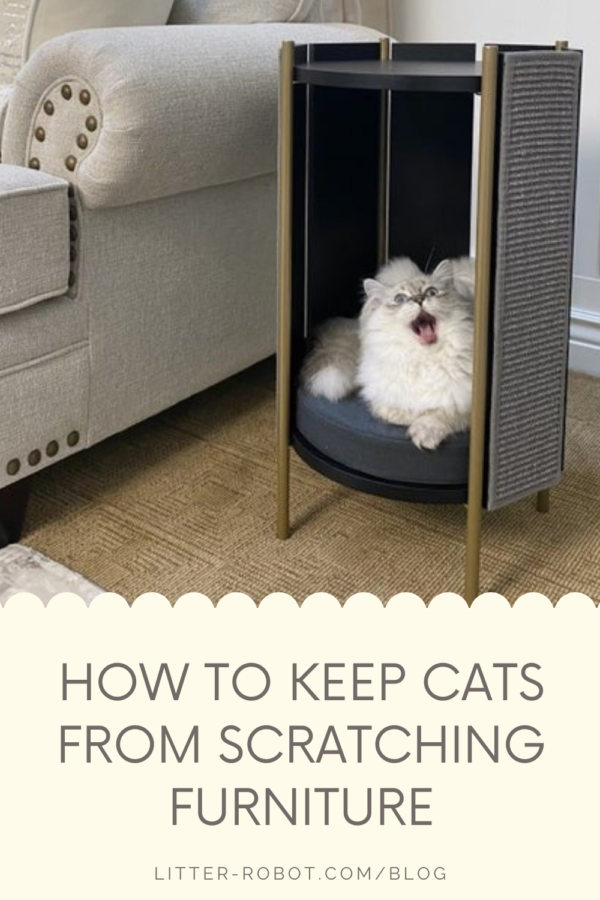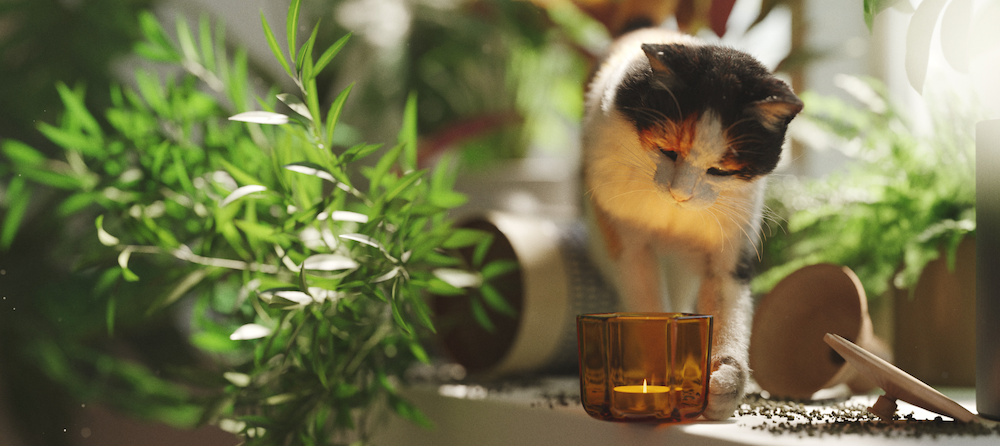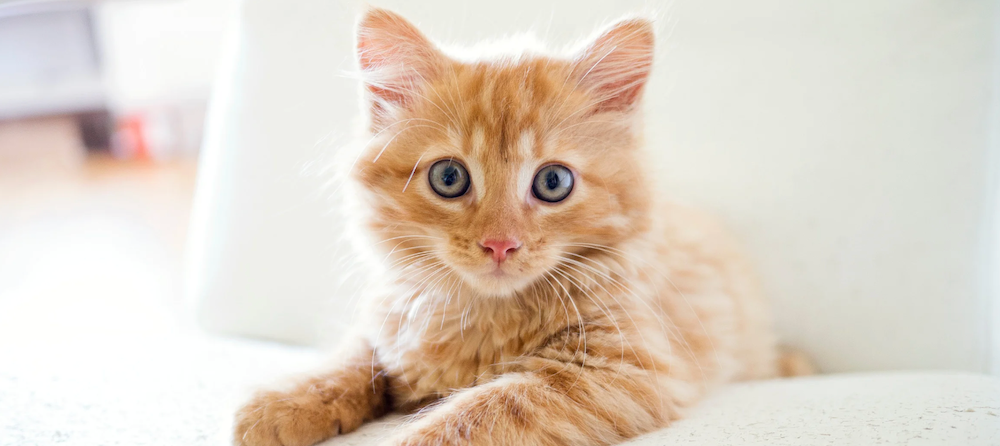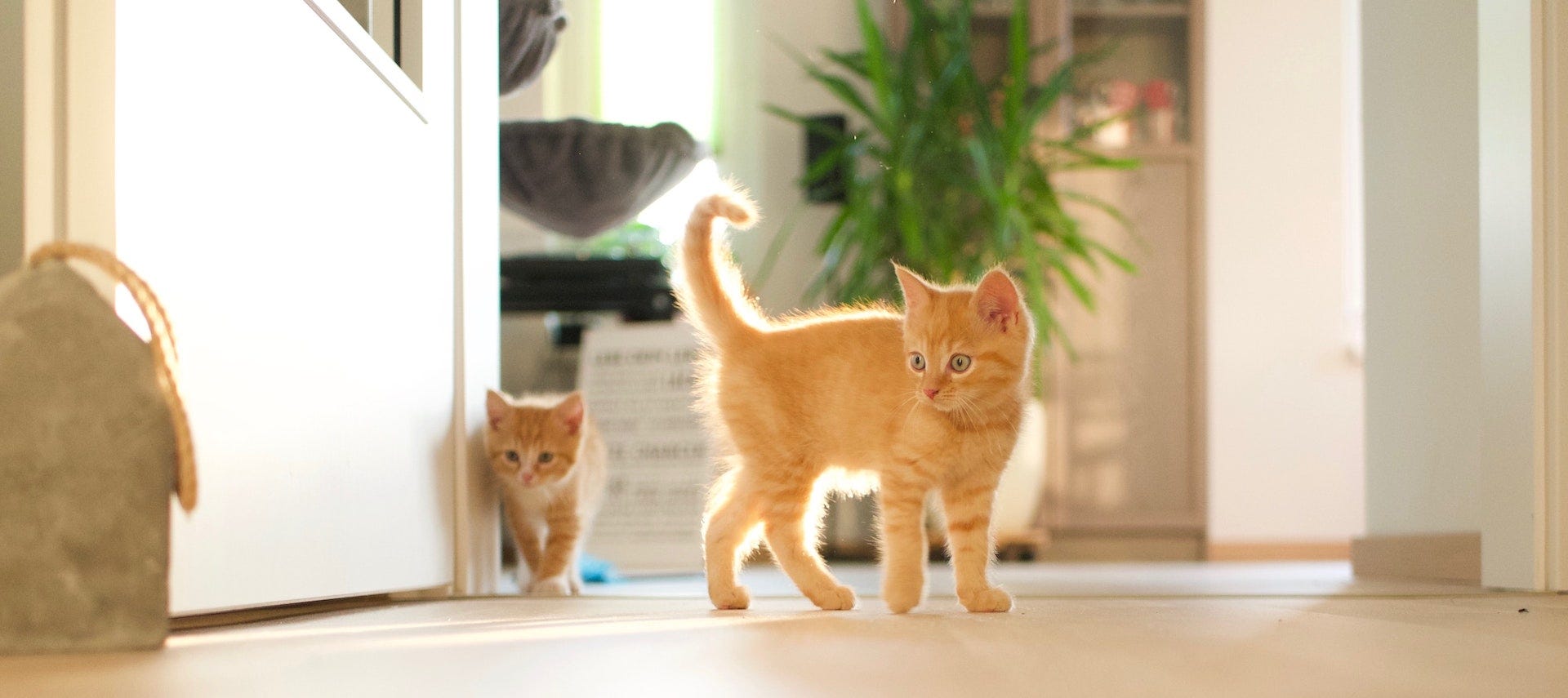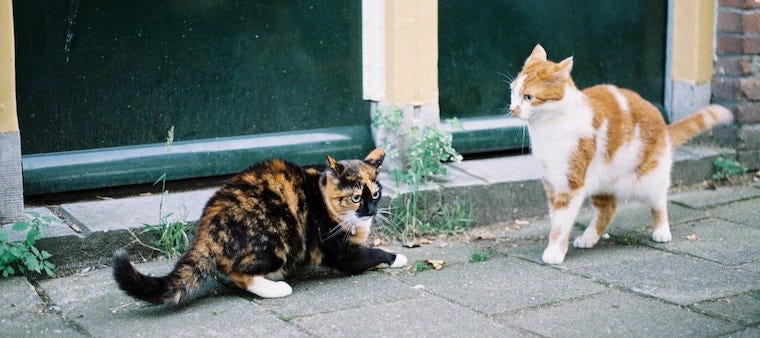The eternal struggle between cats and pet parents: how to keep cats from scratching furniture! Get tips on how to stop cats from scratching furniture, including providing them with cat furniture of their own, keeping their nails trimmed, using natural cat-calming pheromones, and more.
Important: Do not declaw!
Paws need claws! Declawing isn’t simply “removing” your cat’s nails. It is an invasive, painful procedure that requires the claw, bone, tendons, and ligaments to be amputated to the first knuckle of each toe so that the claw will not regrow.
Remember, scratching is normal cat behavior. Scratching provides both an emotional release and physical benefits for your cat. For instance, cats scratch to stretch specific muscles in their back and shoulder area that they cannot otherwise reach through normal stretching.
How to keep cats from scratching furniture: 5 tips
1. Trim their nails at least once a month.
Dr. Justine Lee, Litter-Robot resident veterinarian, explains that the first thing you need to do to deter unwanted scratching is make sure your cat’s nails are regularly trimmed—at least once a month. Cats with certain medical conditions such as hyperthyroidism may need trimmings more often, as their nails will grow faster.
Make sure to use nail clippers with rounded edges. (Human toe clippers may cause the claw to split.)
Get tips on how to trim your cat’s nails from Dr. Lee. If necessary, take your cat to a groomer or your veterinarian for nail trimmings.
2. Stop cats from scratching furniture – with cat furniture!
Wondering how to keep cats from scratching furniture? Give them furniture that they can scratch. It’s best to provide several places where your cat can demonstrate his natural drive to scratch:
- Scratching posts
- Cat trees
- Horizontal scratching boards (ideally near where he sleeps)
Here are a couple tips for choosing cat furniture:
- Sisal fabric is the most recommended surface material for scratching. Cardboard, wood, and carpet will also do.
- Make sure the scratching post or cat tree is at least as tall as your cat is, with a sturdy base so it doesn’t fall over when he goes to work on it.
If you’re not thrilled about the idea of adding, well, ugly cat furniture to your home, we have good news: The makers of Litter-Robot have released a line of modern cat furniture that will look amazing in your home! All of the following cat furniture pieces feature sisal scratching pads:
Cat Tower
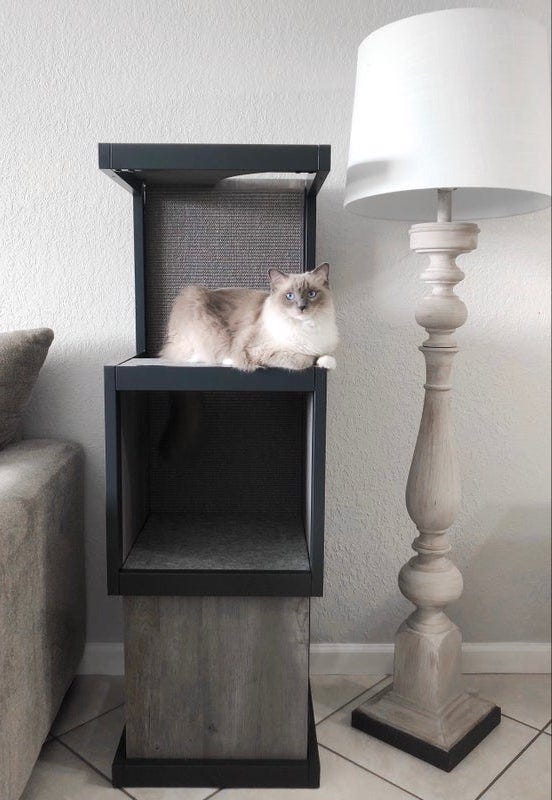
Cat Pyramid

3. Redirect your cat with natural calming pheromones.
The veterinarian-recommended product Feliway mimics natural feline pheromones (“happy messages”) to help stop cats from scratching furniture, prevent urine spraying, or hiding in cats.
Use Feliway Classic on furniture your cat is already scratching to send “happy messages” that provide reassurance and prevent your cat from scratching. Or, use Feliscratch on cat scratching posts and cat furniture to release “territory messages” that teach your kitten or newly adopted cat where to scratch!
Using this product is a friendly way to keep cats from scratching furniture while encouraging positive behavior.
4. Use sensory deterrents.
Try to make your furniture “unpleasant” for your cat until he is regularly using his cat scratcher or appropriate cat furniture.
Do this by adding double-sided tape or aluminum foil to spots that he likes to inappropriately scratch.
Can’t stand the thought of sticking double-sided tape to your expensive couch? You can also spray the furniture with smells that cats hate, such as citrus, lavender, rosemary, mint, or pine. This is an effective way to get your cat to stop scratching your couch without damaging it either.
5. Apply vinyl nail caps.
When all else fails, try applying vinyl nail caps like Soft Paws. These fit over and adhere to your cat’s claws with a bit of glue. While the caps don’t interfere with your cat’s normal scratching behavior, they do protect scratched surfaces from damage. They are non-toxic and generally easy to apply—if you can get your cat to sit still long enough!
Above all, do not punish your cat for demonstrating their natural drive to scratch. Instead, use these tips to give them better options to do so!
